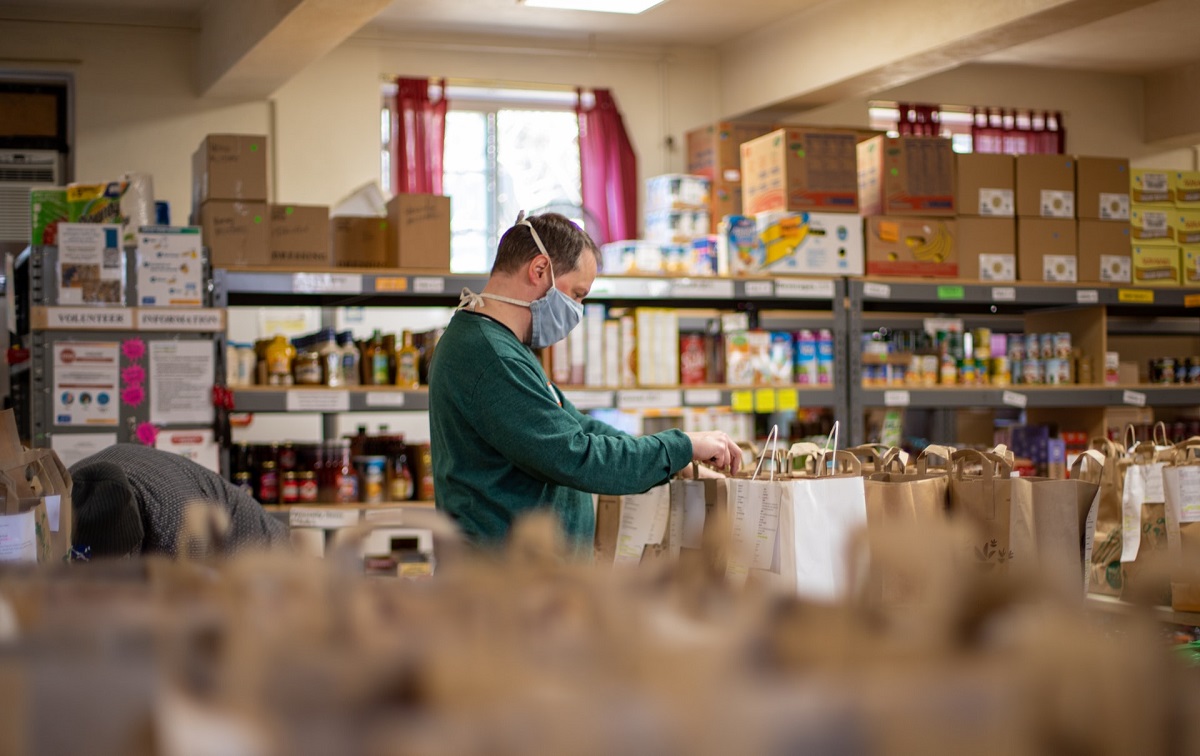If there was an undesirable effect of the virus, there might not be a sector of the American society that has borne its biggest brunt than the poor sector. It’s a lopsided picture. While many middle to upper-class Americans complain about the sorrow in their lack of exposure to the outside world during the pandemic, those below the poverty line face hunger and worst-case scenarios.
Since the pandemic started, over 74.7 million Americans have lost their work and displaced. What’s worse is many of these jobs are paying below-average wages. To add injury to insult, 24 million adults in the Land of the Brave are experiencing hunger. It seems unthinkable that citizens of a superpower nation, beaming with pride to lead the planet, are facing such dire straits.
Thus, putting up a community pantry to help those hungry and needy people in your community is wise. The concept of people who have more helping out those who have less is indeed a noble one. But a community pantry has its limits. We’re talking about sustainability.
Your greatest challenge is not starting a community pantry; it’s maintaining one. Let’s face it; unlike a business, you don’t get any financial return when someone avails of your community service. In this regard, keeping, therefore, an open mindset is wise. Taking timely lessons from those few who made community pantries last should be wise.
Recruiting Manpower
If you’re struggling and unable to make heads or tails on how to get your community pantry started, the Food Bank of Corpus Christi has just the information for you. For starters, they have charts to enlighten you on which food items are best. Other organizations can help you as well, such as Second Harvest Heartland and Create the Good.
To make your community pantry work, you need people. Handling everything yourself can open a can of worms. Chief of which is your limited vision. You won’t be able to handle everything at once. So if people line up and issues come up, you’ll find yourself stretched too thin. At a time when social distancing is still the norm, that can be an issue against you. And before you know it, your community drive will have closed before it has even begun.
Know from the onset, then that volunteers remain the lifeblood of your organization. To get about it, you should recruit people who have the time and the willingness to help others. Getting people of good stature brings positive vibes to your goal.
Note that you need to keep everyone on the same page about how the operation is run. So it’s paramount you do clarify expectations right from the onset. Also, as your operation go bigger assigning key players to run your pantry smoothly is wise. We’re talking about:
- Director: Someone to ensure the overall operation runs smoothly and leaders tend to their tasks.
- Finance: Making sure the pantry is running a tight ship is wise. This means money coming in and going out are all accounted for.
- Food pantry manager: A manager to oversee day-to-day operations
- Outreach: This might be the most important task as this involves getting the word out for people to donate.
Handling Food
To boot, the food needs space to be stored. You may not have as much food when you start, but space can be a challenge as your operations grow. Take note that anyone can donate to your food pantry, so you should be ready with whatever they bring in. That means you should have a fridge and a freezer ready when people donate frozen ribs.
Additionally, for corporate donors, ensure food coming your way stays as fresh as possible. Some foods need to be cooled to stay edible. Others will need to be kept warm. For instance, scores of edible oil tanks and barrels (e.g., sunflower oil) will have to be transported with heat to avoid rancidity. In this regard, utilizing silicone drum heaters should be wise to provide just the right amount of heat for these oils when traveling.

Finding Donors
However, your biggest challenge as you go along is finding an ample supply of food for the community. Usually, you’re more likely to run out, given the number of needy people in these trying times.
Yes, you will need a steady supply of needed food. As the word goes around, your lines are bound to grow longer. Here are four creative ways to get your shelves filled with stock:
-
Food Drives
By far, food drives are the go-to way to boost your pantry. It’s rather simple too. The goal is to ask communities around you to pitch in. You can tap wealthy neighbors, churches, or schools. A letter or a simple visit and some pamphlets showing your cause can make this happen.
-
Food Rescue
Food business in your area can be a great resource. Team up with them so that they may donate extra food or leftovers. We’re talking about restaurants, grocery stores, and even farmers. You can also expand your search and include key regional players.
-
Solicit Money
Monetary donations give you better options on what food to buy to suit your market. So make sure you get word to people, businesses, and organizations who have the capacity to donate.
After all, you’re not doing this for your own good. You’re doing this for those who need the food the most.

